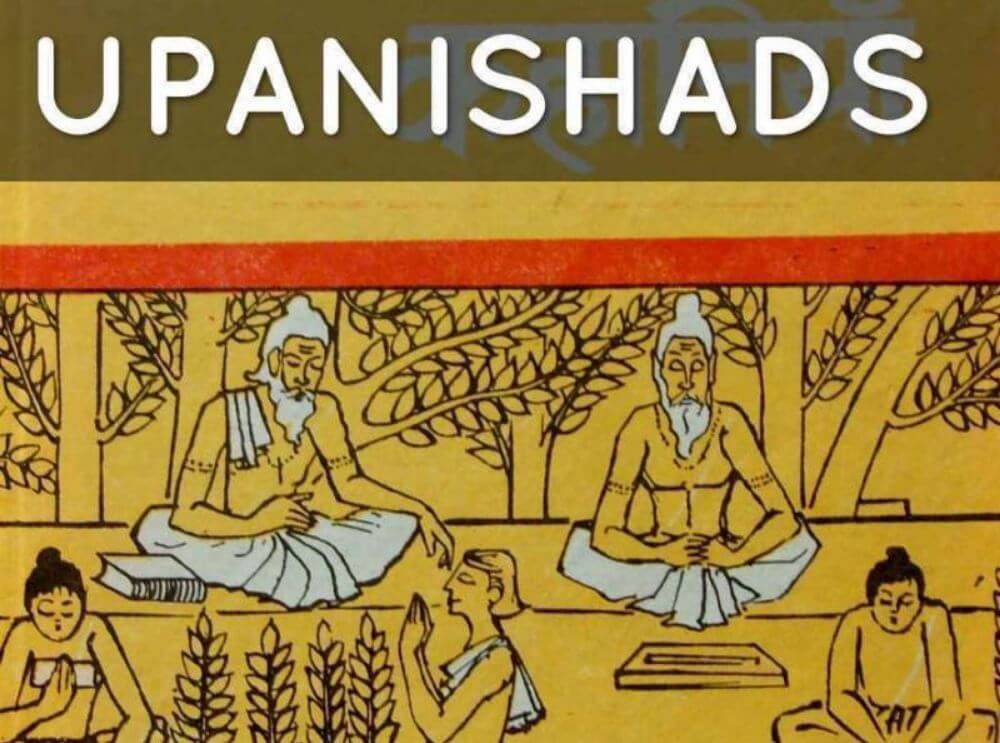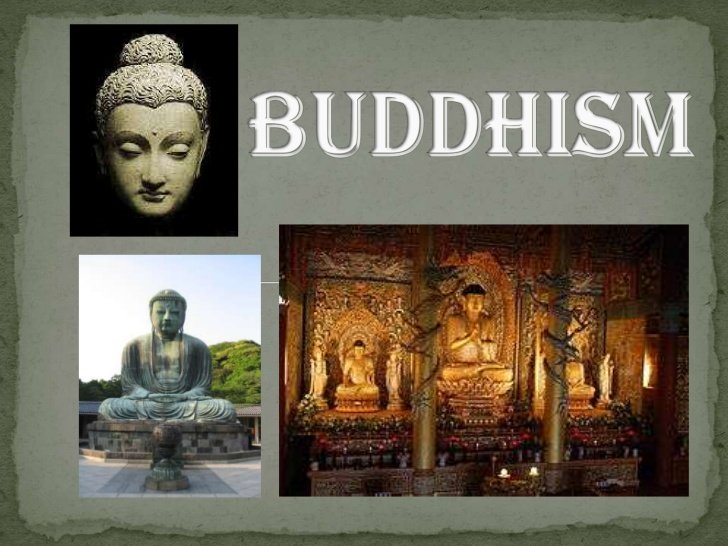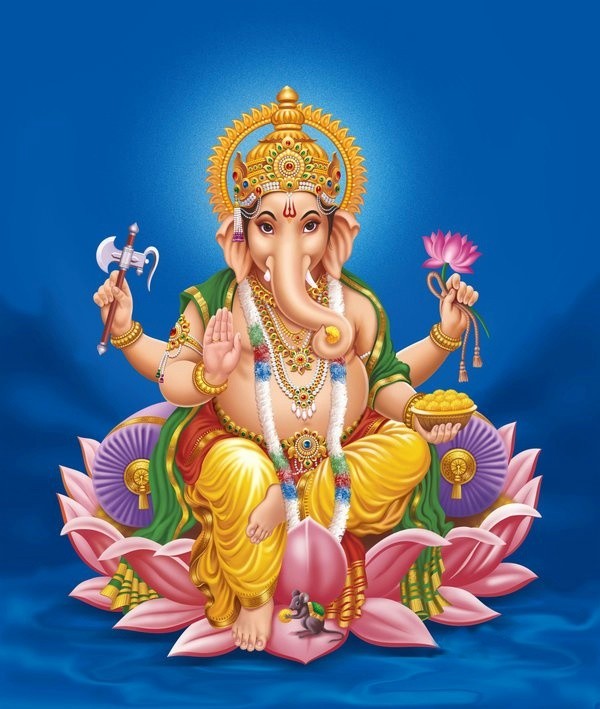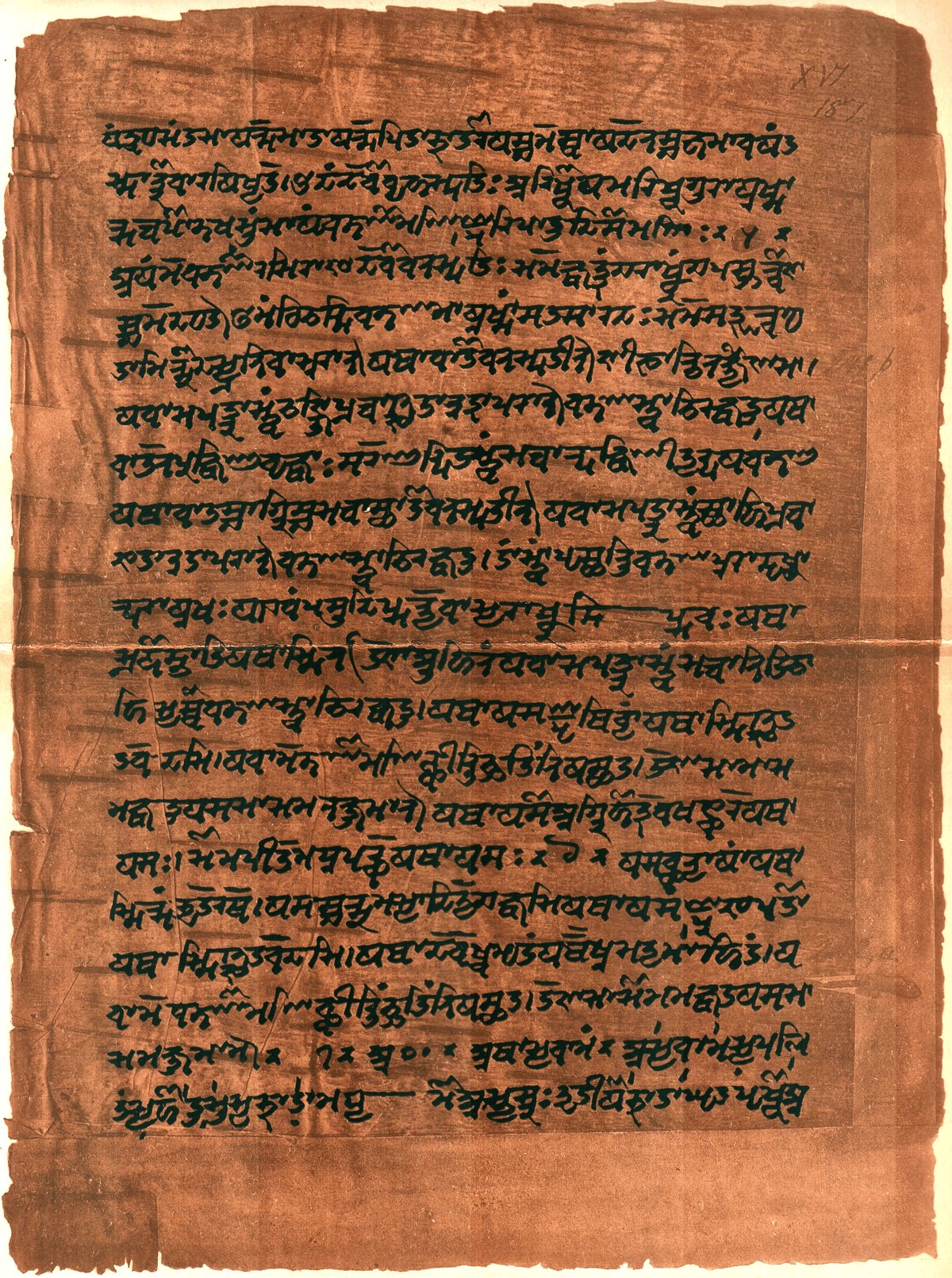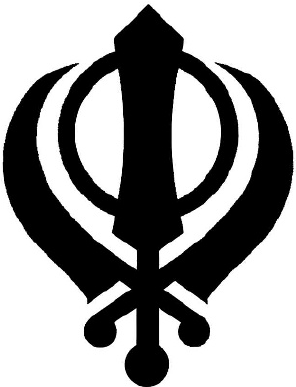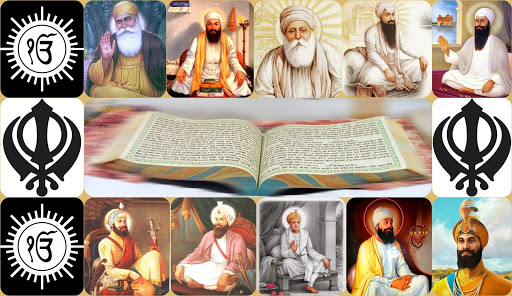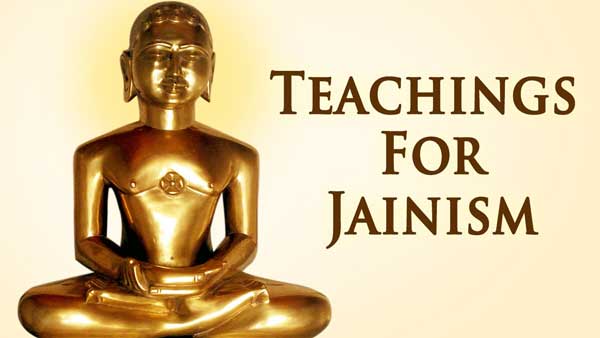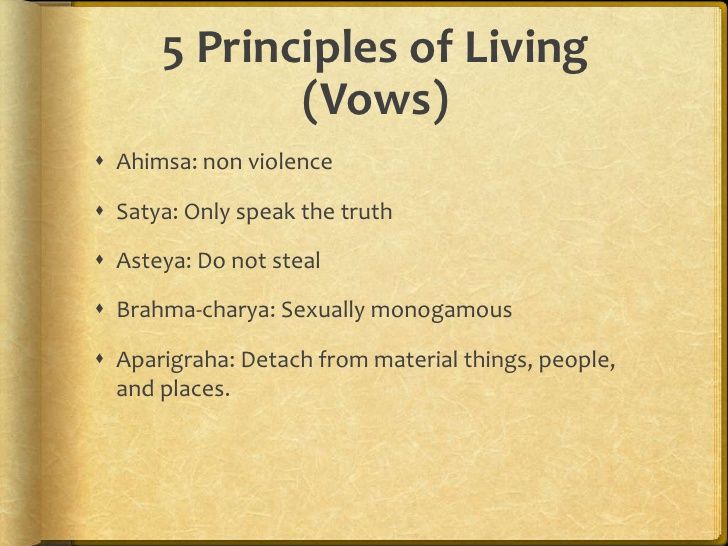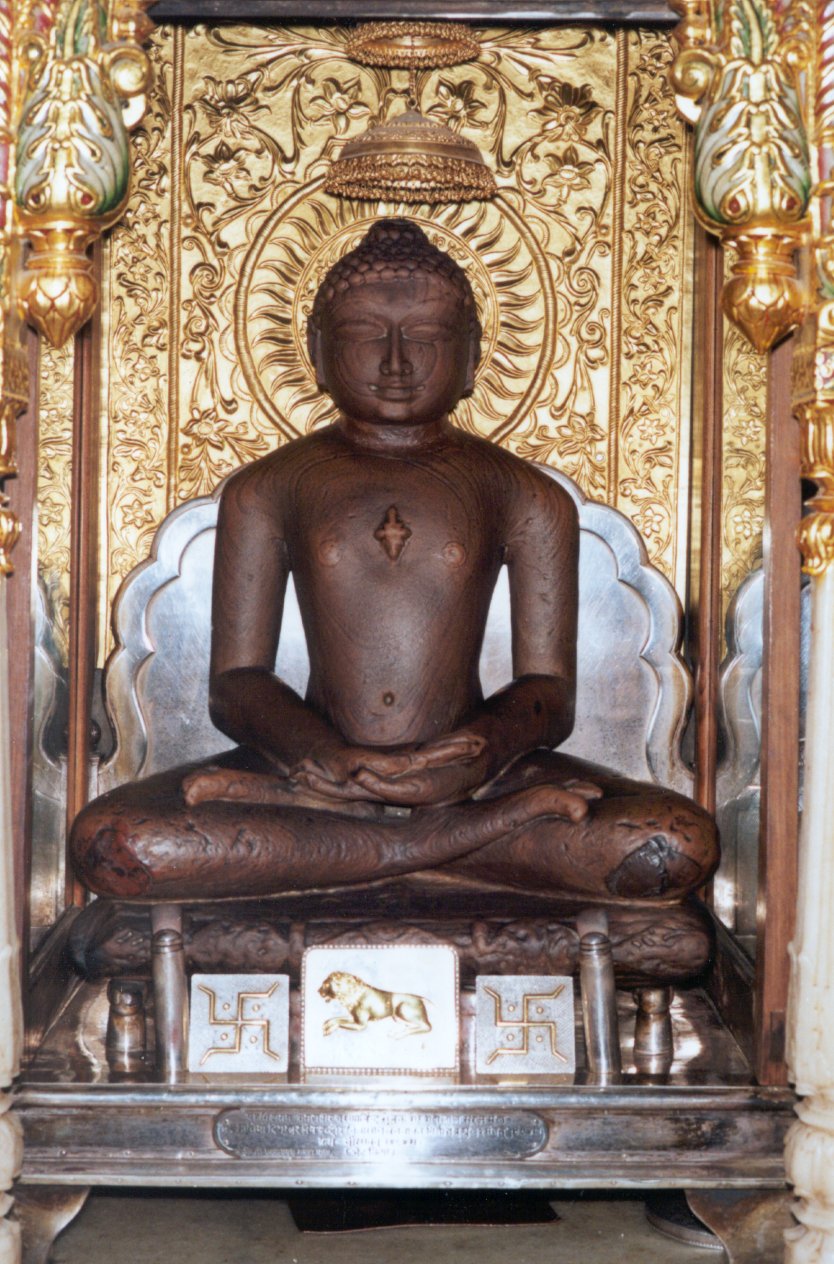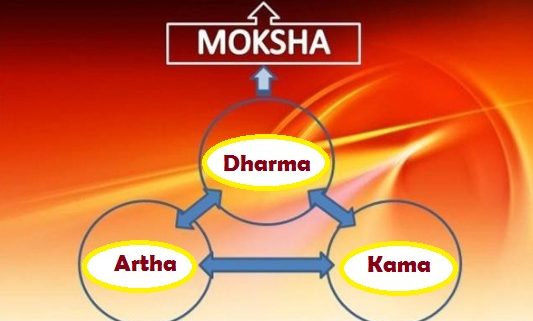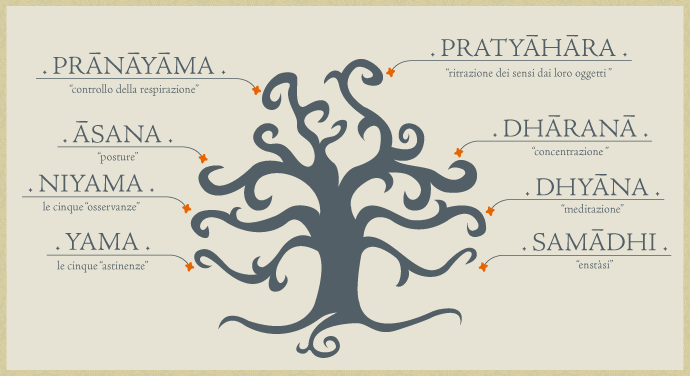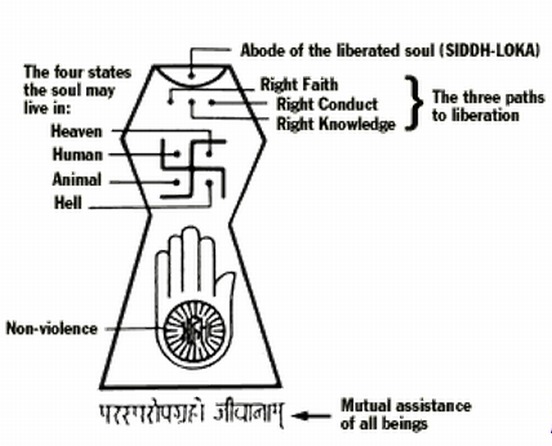- Home
- Religions in India
- Hinduism
- Upanishads
Upanishads
updated on 29-08-2022
Upanishads
Upanishads are the philosophical, sacred and religious texts in Hinduism. Upanishads are the collection of religious texts written in Sanskrit. Hinduism is the third largest religion in the world. It is an Indian religion and the followers of Hinduism are known as Hindus.
Upanishads are the late Vedic text which primarily discusses philosophy, meditation and about God. It also deals with ritual process, sacrifices and different ceremonies done in Hinduism.
Definition and Meaning of Upanishads
Upanishad is a Sanskrit word where Upa means 'by' and 'ni-sad' means 'sit down'. It means that a student should sit down near the teacher while receiving spiritual teachings. Upanishads belong to Sruti where the Vedas were transmitted orally from one generation to another. Upanishads are also referred as Vedantas which are known as the last chapters of Vedas.
Upanishads played a very important role in ancient India for the smooth transition of life from vedic rituals to new concepts and culture in the society. Upanishads contain the essence of Vedas which have the spiritual experiences of the sages and rishi's. This in a way helps people in the present world to get encouraged and inspired from these quotes.
Upanishads and Vedas
All the Upanishads are associated with four Vedas of Rig Veda, Yajur Veda, Sama Veda and Atharva Veda. Upanishads are considered as the last composed layer of texts in Vedas. They are commonly referred as Vedanta. In the modern period the Upanishads were detached from the Vedas and were compiled into separate sacred texts. The Mukhya Upanishads are embedded in Vedas in Rig Veda, Yajur Veda, Sama Veda and Atharva Veda.
Classification of Upanishads
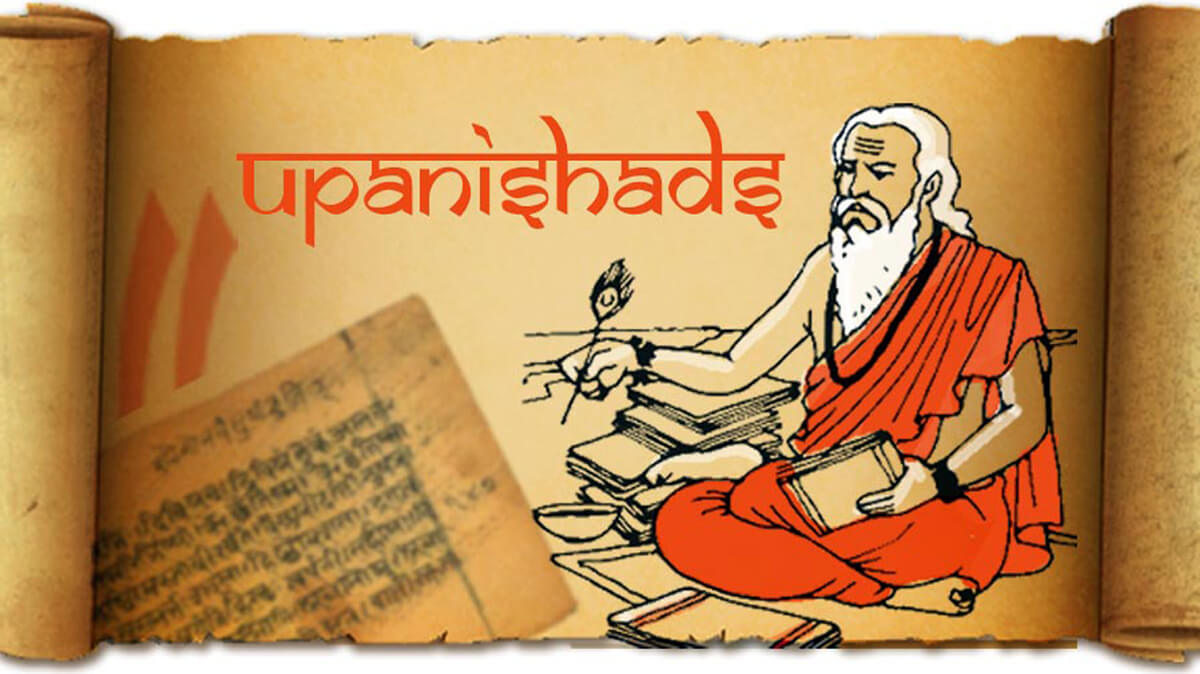 Image credit dailyexcelsior.com
Image credit dailyexcelsior.comThere are around 108 Upanishads out of which the first 12 are the oldest and the most important and are referred as Mukhya Upanishads. The first 13 Upanishads are embedded in Rig Veda, Yajur Veda, Sama Veda and Atharva Veda. The thirteen most important Upanishads are
- Brhadaranyaka Upanishad
- Chandogya Upanishad
- Taittiriya Upanishad
- Aitereya Upanishad
- Kausitaki Upanishad
- Kena Upanishad
- Katha Upanishad
- Isha Upanishad
- Svetasvatara Upanishad
- Mundaka Upanishad
- Prashna Upanishad
- Maitri Upanishad
- Mandukya Upanishad
Another 8, called minor Upanishads, are:
- Kaivalya Upanishad
- Kaushitaki Upanishad
- Atma Upanishad
- Amritabindu Upanishad
- Brahma Upanishad
- Paramahamsa Upanishad
- Sarva Upanishad
- Aruni (Aruneyi) Upanishad
Muktika Upanishad contains 108 canonical Upanishads. Muktika basically refers to a collection of 108 Upanishads which have been available in printed form since 1883 CE. The canon is the part of dialogue between Lord Rama and Hanuman to understand the path for mukti.
Some of the Upanishads are associated with different sects like Shaktism, Shaivism, Vaishnavism and Yoga. However some of the Upanishads like the Rudrahridya Upanishads and Mahanarayana Upanishads believe that all the Hindu gods and goddesses are the same.
Mukhya Upanishads:
Also referred as Principal Upanishad, mukhya Upanishad are the most ancient and most followed Upanishads in Hinduism. They are grouped into different periods. Chandogya is oldest and Brihadaranyaka belongs to early periods. Aitareya, Kausitaki and Taittiriya Upanishad may belong to between 4th to 1st century BCE.
However not much information is available about the authors except Yagnavalkya and Uddalaka. After the main Principal Upanishads like Aitraeya, Kausitaki, Taittiriya, mundaka, Prasna and katha Upanishads the next places are Kena , manduka and Isa Upanishads. Here are some details of different Upanishads.
Brhadaranayaka Upanishad:
It is one of the oldest Upanishad and is present in Yajur Veda. It may belong to 7th and 6th century CE. The chronology of this Upanishad is not clear and certain. This Upanishad believes that Atman as Higher self.
Chandhogya Upanishad:
It is another oldest Upanishad which is embedded in Sama Veda. The narratives in this develop the concept of Atman-Brahman and Dharma.
Taittiriya Upanishad:
It is embedded in Yajur veda and is most likely composed around the 6th century BCE. The Upanishad has verses of prayers and benedictions. It has three chapters namely Siksha Valli, Ananda Valli and Bhrigu Valli.
Aitareya Upanishad:
It is embedded in Rigveda and is one of the four layers of Rig Vedic texts. The main philosophical themes of Aitareya is the creation of Atman and the concept of birth and consciousness is the essence of Atman. It is a short prose text divided into three chapters containing 33 verses.
Kaushitaki Upanishad:
Embedded in Rigveda this Upanishad mainly focuses on the unity of existence. This Upanishad is part of Shankhayana Aranyaka. Kaushitaki Upanishad is not clear and was probably composed before 1st millennium BCE. This Upanishad is a prose divided into four chapters containing 6, 15, 9 and 20 verses respectively.
Kena Upanishad:
Kena Upanishad is embedded in the last section of Talavakara Brahmanam of Sama Veda. It was probably composed in the middle of 1st century BCE. Kena Upanishad has three parts. In the first part there are 13 verses, in the second 15 paragraphs and in the third 6 paragraphs. It rejects the concept of intellectual pursuit by believing that one can understand Brahman through self knowledge.
Katha Upanishad:
It is embedded in Yajur Veda and is also known as Kathaka Upanishad. It consists of two chapters each divided into three sections. It is the conversion between a boy called Nachiketa and Yama about the nature of man, Atman and moksha.
Isha Upanishad:
It is a small poem consisting of 17 to 18 verses. This Upanishad is embedded in Yajurveda.This Upanishad is referenced both by dvaitha and Advaitha school of Vedanata. It gives importance to one's karma in accordance with one's Dharma. Isha Upanishad is the only upanishad which is attached to Samhitha. Other Upanishads are attached either to Brahmanas or Aryankas.
Svetasvatara Upanishad:
It is embedded in Yajurveda and contains 113 verses in six chapters. It discusses the primary question of existence, its origin and its end.It is one of the 33 Upansihad from taittiriya. It is a part of black Yajurveda. The Upanishad is famous for the concept of a personal god called Ishvara and suggesting it to be the path for one’s own highest self.
Mundaka Upanishad:
It is embedded in Atharva veda. It is a poetic verse style with 64 verses which is written in the form of mantras. However these mantras are not used in any rituals but are used for teaching and meditation on spiritual knowledge. This upanishads contains three parts each with three sections. These texts make a distinction between higher and lower knowledge.
Prashna Upanishad:
Prashna Upanishad is embedded in Atharva Veda. Prashna means question. Prashna Upanishad contains six questions and each is a chapter with a discussion and answer to it. This Upanishad is famous mainly for structure and sociological understanding in ancient education in India. It focuses mainly on the devotion which is a means to liberate one’s self from the cycle of rebirth and death.
Maitri Upanishad:
It is also known as Maitrayaniya Upanishad. It is embedded in Yajur Veda. It is a part of black Yajur Veda. It is in prose form with the concept and nature of Atman and also how one can achieve moksha.
Mandukya Upanishad:
It is the shortest of all the Upanishads and is embedded in Atharva Veda. It has twelve terse prose paragraphs. It discusses the significance of the sacred syllable AUm. It describes four states of consciousness like waking, dreaming, deep sleep and pure consciousness.
Important concepts of Upanishads
The most important concepts of Upanishads include Brahman and Atman. Brahman is the key concept and the most important philosophy in Upanishads and Vedas. Brahman is discussed in the Hindu sacred texts with the concept of Atman. It was believed that Brahman was the final cause of all that exists in the world. Brahman is identical to Atman and is present everywhere and in every individual.
The primary focus of early Upanishad was the concept of Brahman and Atman. Upanishad helps us to understand the concept of Brahman in many different ways like the Sandhilya doctrine in Chandogya Upanishad and aham Brahmasmi in Brihadaranyaka Upanishad.
There are various interpretations of Brahman in various schools of Hindu Philosophy .According to Advaitha school of vedanta Brahman is identical to Atman and is present in every human being. But according to Dvaitha school Brahman differs from Atman in every human being. According to the sages in the Vedic period Atman was Brahman and carried a divine spark within them. Finally the realization of Atman made realize that duality was just an illusion.
Atman is a Sanskrit word which means soul, immortal spirit present in all the living beings, animals and trees. Atman is the central concept in all the Upanishads and ‘know your atman’ is the central focus in Upanishad.
According to Upanishads the innermost soul of every person is not the body, ego or mind but it is the Atman which is supreme and superior to all. There are basically two concepts on Brahman and Atman in Upanishads. The older Upanishad states that the Atman is part of Brahman but both are not identical but the younger Upanishad states that both Atman and Brahman are identical.
The philosophy of karma is discussed in Brihadaranyaka Upanishad which is one of the oldest Upanishad in Hinduism. Karma is regarded as the fundamental law of nature which is not imposed by God. The concept of karma evolved over centuries.
The earlier Upanishads which discussed the existence of man and what happens after the death of the person may have led to the concept of karma. Chandogya Upanishad clearly explains the concept of good birth as a human or evil birth as a dog. It says the birth of any individual is decided upon the karma they have done in their previous births.
Further the concept of Dharma in Upanishads is considered as the universal principle of law and order. The concept of Dharma was already in use in the historical Vedic religion during the ancient period.
Conclusion:
It is said that Upanishads are a set of guidelines to gain knowledge through vedanta. Because Upanishads constitute the concluding part of vedas they are called as vedanta. They serve as the foundational text for many Hindu rituals. Finally it can be said that Upnishads elevate our thoughts and expand our awareness and also make us understand the concept of rebirth and life after death.
Update on coronavirus in India
Affiliate Disclosure:
If you make any purchase via a link on this site, I may receive a small commission with no added cost to you.
